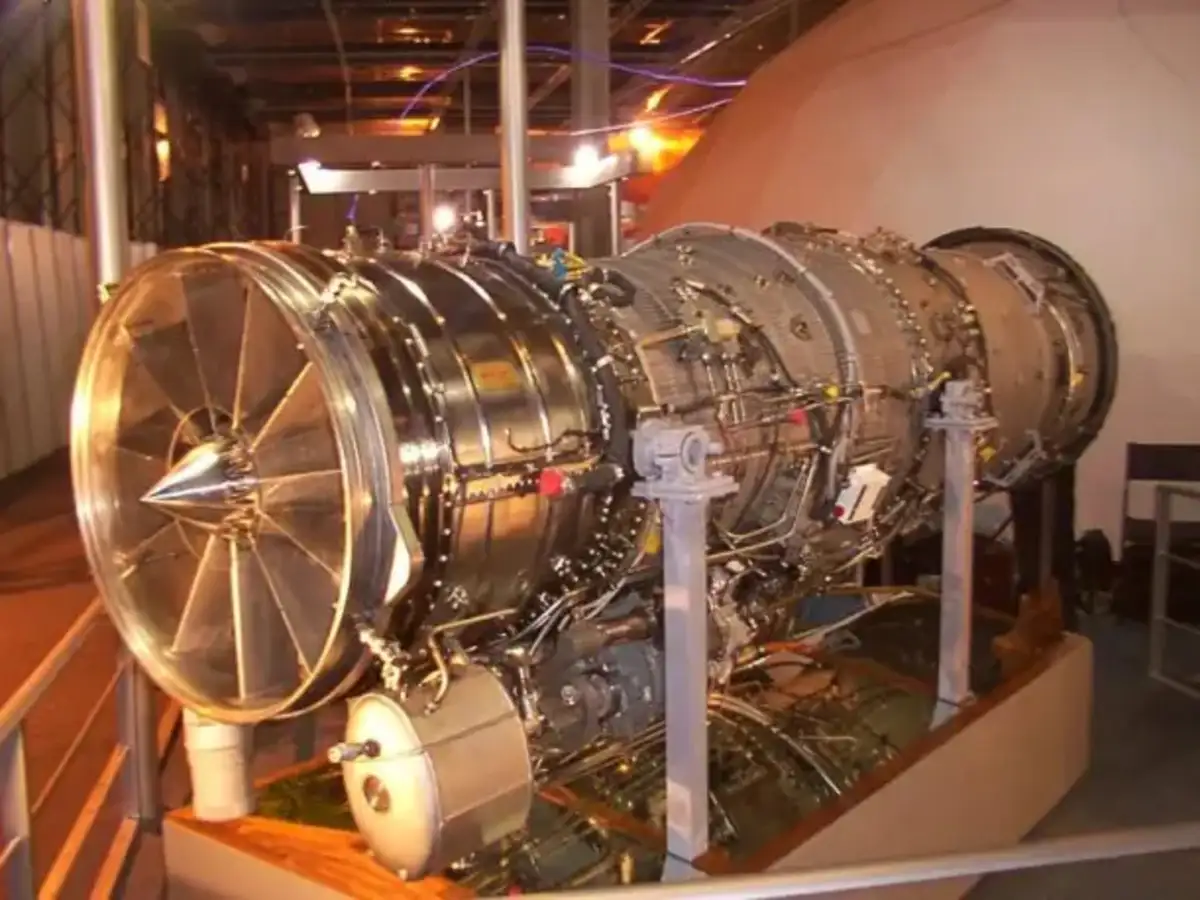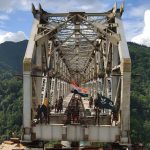A surge of nationalistic fervour swept through Indian social media platforms on Monday, with the hashtag #FundKaveriEngine trending at the top on X (formerly Twitter). Citizens, defence experts, veterans, and enthusiasts united in a rare moment of digital solidarity, urging the central government to fully fund and fast-track India’s long-stalled indigenous jet engine project — the Kaveri Engine.
Conceived in the late 1980s, the Kaveri engine was developed by the Gas Turbine Research Establishment (GTRE) under DRDO, with the original goal of powering India’s first indigenously developed fighter aircraft, the LCA Tejas. However, due to persistent technological and geopolitical challenges, the project faced repeated delays and was eventually decoupled from Tejas in 2008.
The Kaveri is a two-spool bypass turbofan engine featuring a full annular combustor, transonic compressors, directionally solidified turbine blades, and a twin-lane FADEC system. It was originally designed to generate around 80 kN of thrust, but earlier versions fell short of the 90–100 kN required for frontline combat aircraft, leading to its premature sidelining.
Despite setbacks, over 3,000 hours of testing have been completed under varied conditions, including successful trials in high-altitude testbeds and marine integration. Upgrades such as single-crystal turbine blades, polymer matrix composites, and stealth-optimised redesigned fans are now being integrated, with ambitions to eventually power advanced fighter jets like the AMCA (Advanced Medium Combat Aircraft), unmanned combat aerial vehicles (UCAVs) like Ghatak, and naval aviation platforms.
On X, users echoed passionate calls for national security and self-reliance. One user joked, “Take 20% GST on caramel popcorn, but fund the Kaveri engine,” while others demanded a dedicated flying testbed and even suggested crowdfunding to bypass bureaucratic inertia. Posters in a Soviet-style design and posts by respected voices, including defence journalist Shiv Aroor, lent credibility and urgency to the campaign.
The delays in the Kaveri programme have largely stemmed from India’s nascent capabilities in aerothermal dynamics, advanced metallurgy, superalloy development, and engine control systems, all of which had to be built from scratch. Western sanctions post the 1998 nuclear tests further exacerbated the issue, especially through denial of critical materials like single-crystal blades and testing infrastructure. India had to rely on overseas test facilities like Russia’s CIAM, slowing progress and introducing new hurdles.
Another major blow came when a potential collaboration with France’s Snecma collapsed in 2013. Snecma offered to replace the Kaveri’s core with their ECO core, but India rejected the offer, citing its unwillingness to accept a partial or black-box solution that failed to transfer full intellectual property or cutting-edge technologies.
Yet recent developments have injected fresh momentum. Private sector players like Godrej Aerospace have delivered modules, and joint work with BrahMos Aerospace on an indigenous afterburner is in progress. Defence Minister Rajnath Singh has also confirmed ongoing negotiations with GE, Safran, and Rolls-Royce to support the Kaveri engine’s resurgence without compromising technological sovereignty.
The campaign has also gained strategic significance in the backdrop of Operation Sindoor, an ongoing military operation following the recent Pahalgam terrorist attack. In such tense times, public sentiment has decisively tilted towards building self-sufficiency in defence technology to reduce dependence on foreign suppliers.
As India eyes the future of air combat, including fifth-generation and stealth platforms, the Kaveri engine is no longer just a delayed project — it is a strategic imperative. The viral #FundKaveriEngine campaign has served as a potent reminder that public opinion now expects bold investment and unwavering political will to bring India’s aerospace dream to fruition.













